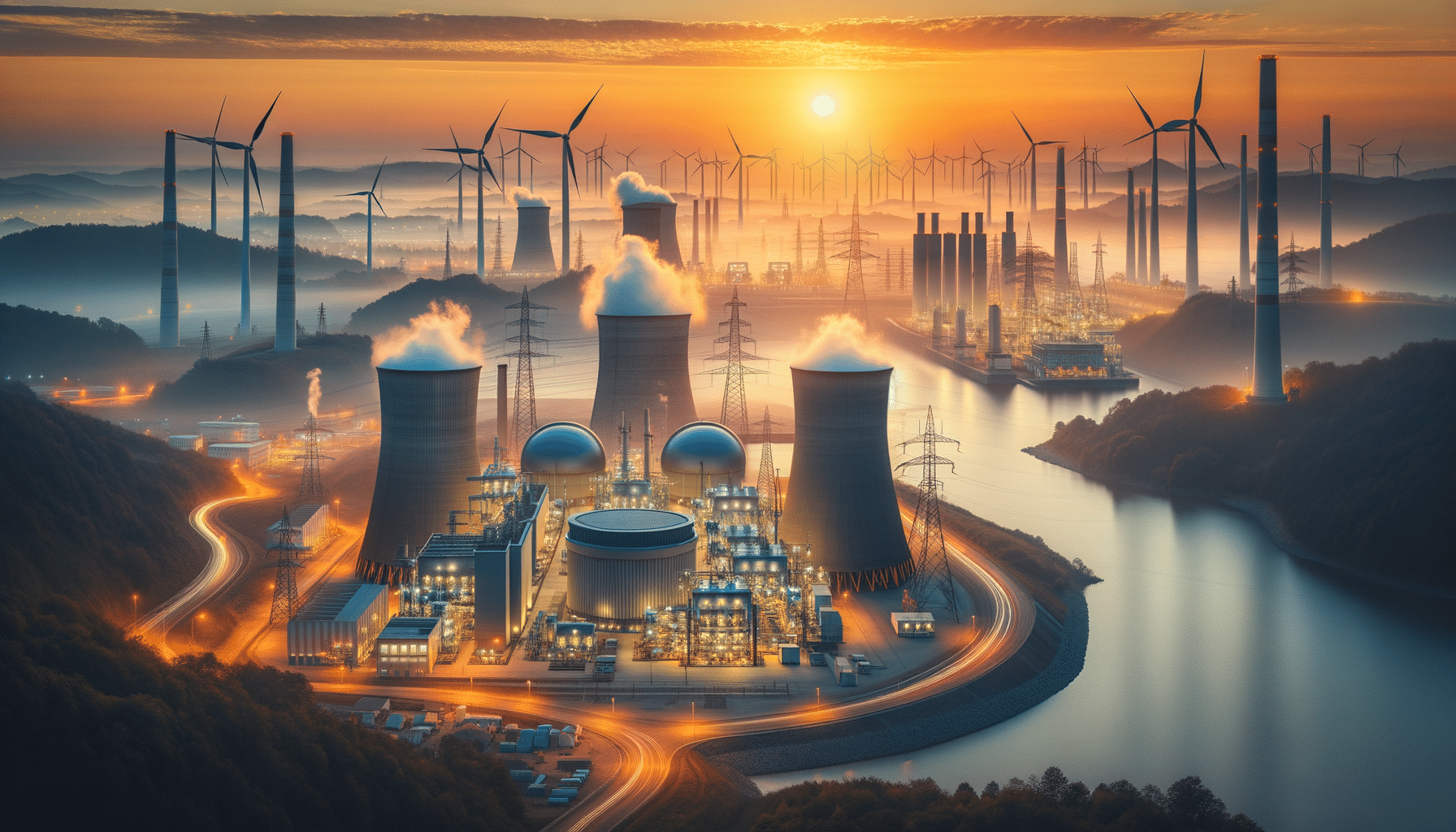Power Stations: The Backbone of Modern Energy
Power stations are crucial for generating electricity, powering industries, and supporting daily life.

Introduction to Power Stations
Power stations, also known as power plants, are industrial facilities designed to generate electricity from various energy sources. These installations are the backbone of modern society, providing the energy needed to power homes, businesses, and industries. Power stations are crucial for economic development and are integral to the infrastructure of any nation. They convert energy from natural and man-made sources into electrical power, which is then distributed through an electrical grid to consumers. Understanding the different types of power stations and their roles in energy production is essential for comprehending how our world functions.
Types of Power Stations
There are several types of power stations, each utilizing different energy sources to generate electricity. The most common types include:
- Fossil Fuel Power Stations: These plants burn coal, oil, or natural gas to produce electricity. They are among the most widely used power stations due to the abundance of fossil fuels. However, they contribute significantly to greenhouse gas emissions.
- Nuclear Power Stations: Utilizing nuclear reactions, these plants generate a substantial amount of electricity with minimal carbon emissions. They are a critical component of the energy mix in many countries seeking to reduce their carbon footprint.
- Hydroelectric Power Stations: These stations use the energy of flowing water to generate electricity. They are renewable and produce no direct emissions, making them an environmentally friendly option.
- Renewable Energy Power Stations: This category includes solar, wind, and geothermal power stations. These plants harness natural processes to produce electricity, contributing to sustainable energy solutions.
Each type of power station has its advantages and limitations, influencing their deployment in different regions based on resource availability and environmental considerations.
Environmental Impact of Power Stations
The environmental impact of power stations varies significantly depending on the type of energy source used. Fossil fuel power stations are known for their high emissions of carbon dioxide and other pollutants, contributing to air pollution and climate change. In contrast, nuclear power stations produce minimal greenhouse gases but raise concerns about radioactive waste management and potential accidents.
Hydroelectric power stations are generally considered environmentally friendly, but they can disrupt local ecosystems and displace communities due to the construction of dams. Renewable energy power stations, such as solar and wind, have the lowest environmental impact, as they do not emit pollutants and rely on abundant natural resources.
Efforts to mitigate the environmental impact of power stations include transitioning to cleaner energy sources, implementing carbon capture technologies, and improving energy efficiency. These measures are vital for reducing the carbon footprint of energy production and addressing global environmental challenges.
Technological Advancements in Power Stations
Technological advancements are continuously transforming the landscape of power generation. Innovations in energy storage, grid management, and power station efficiency are crucial for meeting the growing energy demands while minimizing environmental impact. For instance, advancements in battery technology are enhancing the storage capabilities of renewable energy, addressing issues of intermittency and reliability.
Smart grid technologies are revolutionizing how electricity is distributed and consumed, enabling more efficient energy management and reducing waste. Additionally, improvements in power station design and operation are increasing the efficiency of energy conversion, reducing the amount of fuel required and lowering emissions.
These technological advancements are essential for creating a sustainable energy future, where power stations can meet the needs of society without compromising environmental health.
The Future of Power Stations
The future of power stations is likely to be shaped by the global push towards sustainable energy solutions. As countries strive to meet climate targets, there is a growing emphasis on renewable energy sources and the development of low-carbon power stations. The integration of advanced technologies, such as artificial intelligence and machine learning, is expected to optimize power station operations and improve energy efficiency.
Moreover, decentralized energy systems, where smaller power stations are integrated into local grids, are gaining traction. This approach enhances energy resilience and reduces transmission losses. The future of power stations will also involve greater collaboration between countries, sharing knowledge and resources to develop innovative energy solutions.
Overall, the evolution of power stations will play a pivotal role in addressing the energy challenges of the 21st century, ensuring a reliable and sustainable power supply for future generations.